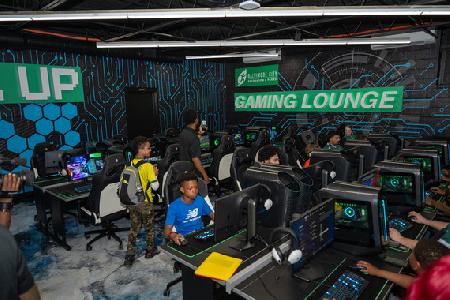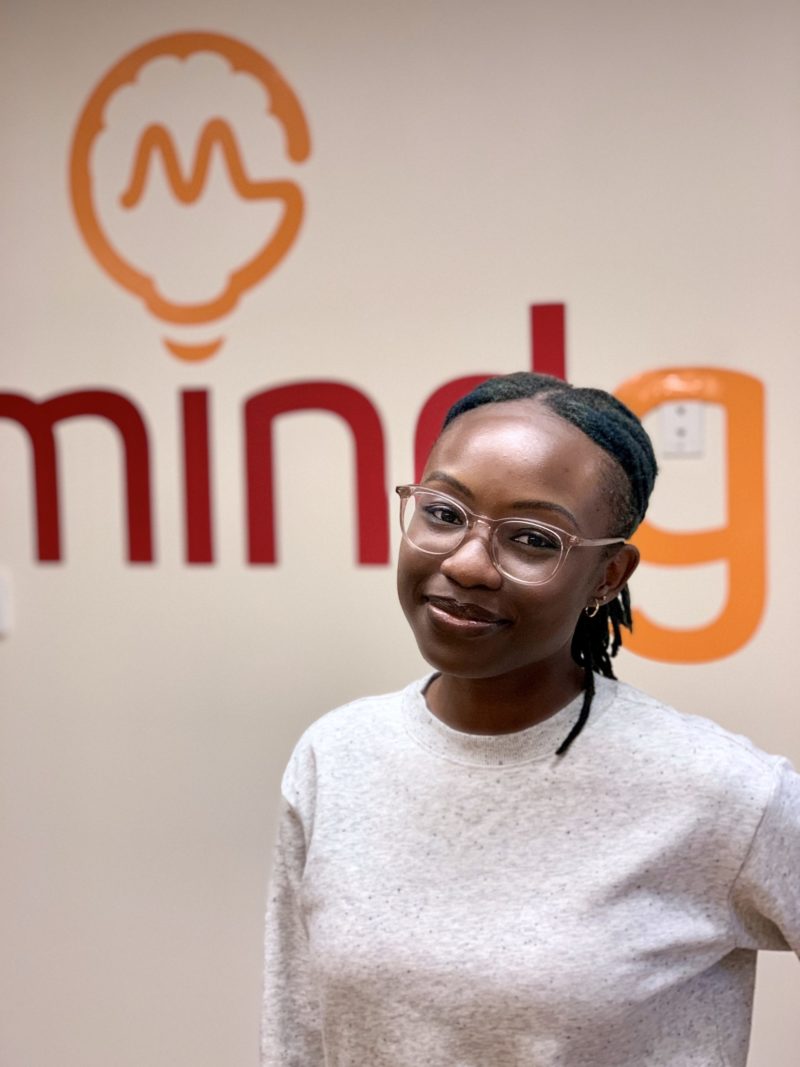
This editorial article is a part of Design Month of Technical.ly's editorial calendar.
When it comes to designing web products that are accessible for people with disabilities and impairment, Sandra Koranteng thinks about the size of the audience that could potentially be excluded. After all, U.S. Census data has shown that nearly one in five people have a disability. Globally, 15% of the world’s population has some form of disability.
There’s also a way to think about it from a personal perspective, she said. Even if you don’t have a disability now, think about getting older. Your eyesight could start to fail or you develop a hand tremor. You wouldn’t want that to also limit access to tech.
“Technology is supposed to make our life better, so there shouldn’t be a challenge or obstacle with it,” said Koranteng, who is a quality assurance engineer at Locust Point-based tech agency Mindgrub.
Incorporating accessibility includes a number of technical actions in the design and development process. There are considerations like ensuring color contrast between text and background, including focus states that draw attention to an element in all interactive elements, and ensuring that a content management system has alternative text for all images so they can be described to users who can’t see them. For guidance, designers and developers around the world frequently turn to the Web Content Accessibility Guidelines.
https://www.instagram.com/p/B2hPv-IJlWa/
Yet along with these technical specifications, Koranteng said it’s also important that a team takes an inclusive approach. At Mindgrub, Koranteng said it has proved important to spread awareness of the importance of accessibility across teams, not only for the designers and developers, but the account managers and project managers who can ensure inclusive design is present at all parts of the process. This includes design reviews, where accessibility is addressed before a product goes into development so that considerations for all users can be accounted for, even if it is a custom feature.
“As anybody in an agency would say, our job is to deliver quality, and I think a part of delivering quality is thinking about everyone involved,” Koranteng said.
It’s also important that accessibility remains part of the conversation as technology evolves. Koranteng noted how companies like Apple and Android have proven to be strong voices as they prioritize accessibility in new products, even as they have led a push toward mobile devices. This is evident in the next wave of tech as well, as the conversation around accessibility is taking place as virtual and augmented reality comes to the fore.
“As we grow in our technology we want to do more, and I think we can, but just because we’re thinking about accessibility doesn’t mean we have to limit design or development. We have to make sure we’re considering all individuals.”
Here are a few more resources that Koranteng offered:
Books
- The Business Leader’s Guide to Accessibility, a Mindgrub ebook written by Koranteng
- Inclusive Design for a Digital World: Designing with Accessibility in Mind
Checklists/design considerations
Mobile trends
Join the conversation!
Find news, events, jobs and people who share your interests on Technical.ly's open community Slack

Baltimore daily roundup: Medtech made in Baltimore; Sen. Sanders visits Morgan State; Humane Ai review debate

Baltimore daily roundup: An HBCU innovation champion's journey; Sen. Sanders visits Morgan State; Humane Ai review debate

Baltimore daily roundup: The city's new esports lab; a conference in Wilmington; GBC reports $4B of economic activity


